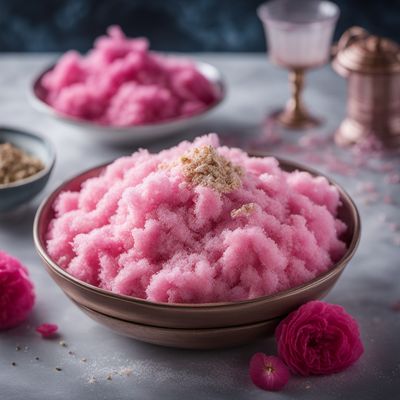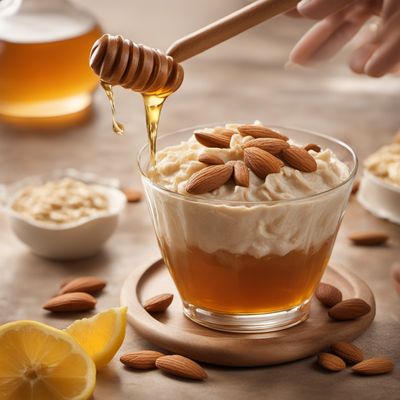
Dish
Pashmak
Pashmak is made by heating sugar and water together until it reaches the hard crack stage. The mixture is then poured onto a spinning cone and spun until it forms thin strands of sugar. The finished candy is light and airy, with a sweet flavor and delicate texture. Pashmak is often flavored with rosewater or saffron, which gives it a distinct floral or earthy flavor.
Origins and history
Pashmak has been a part of Persian cuisine for centuries and is often served during special occasions like weddings or holidays. The candy is believed to have originated in the city of Isfahan, which is known for its sweets and desserts.
Dietary considerations
Pashmak is gluten-free and vegan, making it a great option for those with dietary restrictions. However, it is high in sugar and should be consumed in moderation.
Variations
There are many variations of pashmak, with different flavors and colors being popular in different regions of Iran. Some pashmak is also flavored with ingredients like pistachios or almonds.
Presentation and garnishing
Pashmak is typically presented in a decorative bowl or platter, with the strands of sugar arranged in an attractive pattern. The candy is often garnished with nuts or dried fruits to add texture and flavor.
Tips & Tricks
To make pashmak at home, you will need a special machine called a candy floss maker. You can also experiment with different flavors and colors by adding food coloring or extracts to the sugar mixture.
Side-dishes
Pashmak is often served alongside other traditional Persian sweets, such as baklava or halva. It can also be enjoyed on its own as a snack or dessert.
Drink pairings
Pashmak pairs well with hot beverages like tea or coffee, as well as sweet wines like Moscato or Riesling.
Delicious Pashmak recipes
More dishes from this category... Browse all »

Aamras
Indian cuisine

Aasmi
Indian cuisine

Agra petha
Indian cuisine

Aiyùbīng
Taiwanese cuisine

Ajdnek
Slovenian cuisine

Akafuku
Japanese cuisine

Akanés
Greek cuisine

Akumaki
Japanese cuisine


